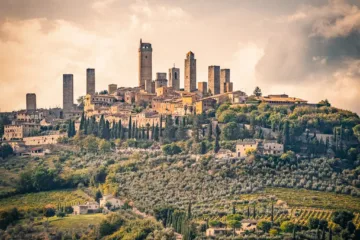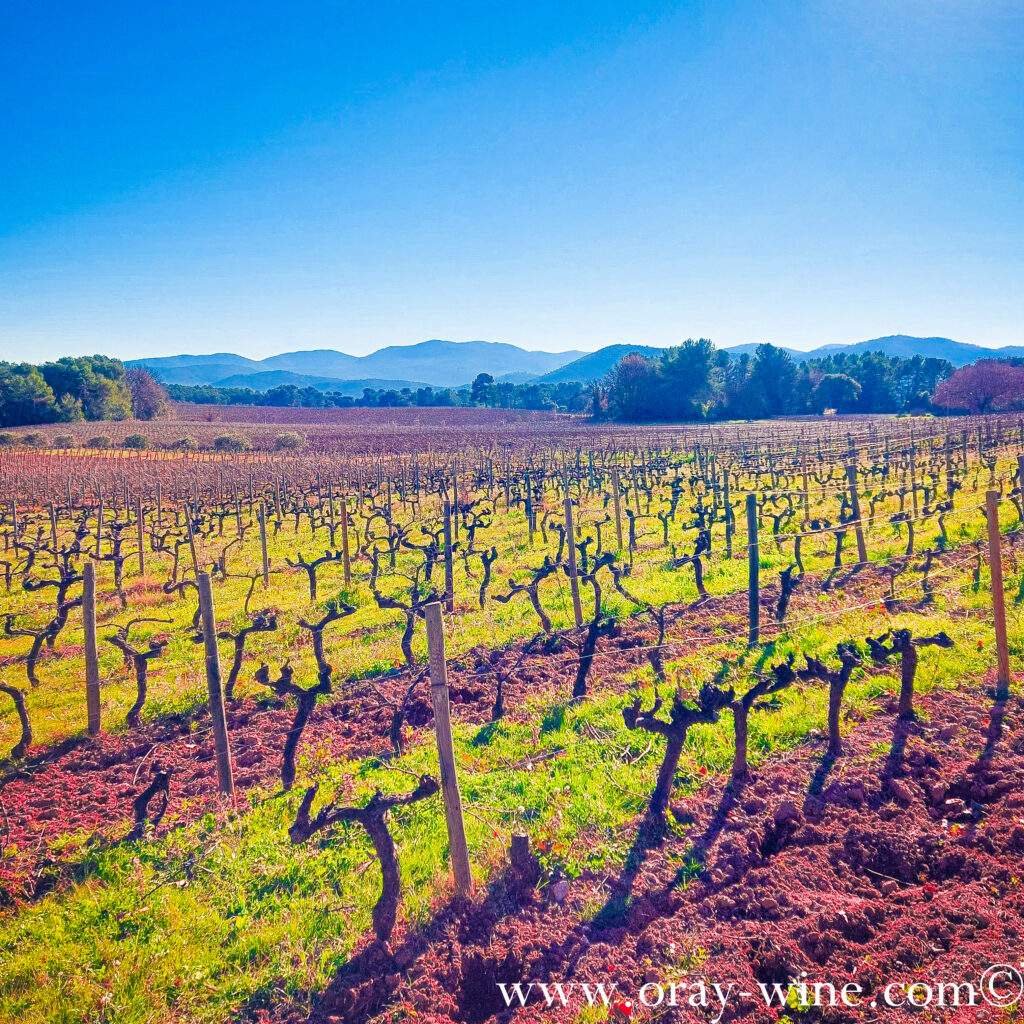
The hashtag #Roséallday is currently trending on social media, so let me take you to a sunny location where rosé wines have always rhymed with sea, vacation, sun, beach, food, olive oil, and breathtaking landscapes. This place is none other than the Provence region, which lies in the South of France. It is located between Nice and Marseille, and faces the Mediterranean Sea. Phocaeans, Etruscans, Carthaginians, Greeks, Romans, Barbarians, Celts, Genoese, and so many more civilizations have settled here. Even the Allies landed here to liberate Europe in August 1944. This region has been producing Rosé wines for centuries. Here, the terms “Rosé” and “Cotes de Provence” are synonyms. It is the land of the “Crus classés de Provence” and of Saint-Tropez. Let me take you to the region of the Bourride, Escabeche, Pissaladière, Bouillabaisse, Pistou, Tapenade, Fougasse and the Tarte Tropézienne, just to mention a few local food specialties.
A little bit of History
“his region was producing wines with a clear color even before the Romans”
The Phoceans founded the city of Massilia, now called Marseille, around the VI century B.C. They started to cultivate vines almost right away, and, concomitantly, Massilia quickly became one of the main ports on the Mediterranean Sea. The Romans established the city and its surrounding region as the first Roman province outside of Italy around the second century B.C. They renamed that province “Nostra Provincia” which means “Our Province”. This is where the current name of the region, Provence, comes from. Strikingly, this region was producing wines with a clear color even before the Romans. It was known for its praxis, consisting of quickly separating the skins from the juice of the grape while pressing. That is probably where the characteristic and unmistakable color of the Côtes de Provence Rosés comes from.
More about the region
“one of the distinctive climatic features is probably the Mistral”
Sometimes it is wrongly reduced to the much smaller “Cote Varoise” (“Varoise Coast”). The Côtes de Provence region is not limited to the “Var” county. It goes way beyond toward the east, as you may find some vineyards north of Marseille. It also extends inland, as the Coteaux de Pierrevert (also part of the Côtes de Provence) are located beyond the Durance River. The whole region is very sunny, with an average of over 3000 hours of sunshine per year. It is the prime example of the Mediterranean climate, with hot and sunny summers and mild winters. However, when you go inland, you tend to find a cooler climate. Apart from its sunny characteristics, one of the distinctive climatic features is probably the Mistral. The Mistral is a strong northerly wind that funnels through the Rhône Valley (the region just north of Provence). It gives strong winds almost all year long, with very powerful peaks. As the locals say it, “the Mistral hunts the clouds”. However, it also imposes vine training systems to be kept low from the ground and traditionally bush-trained for better wind resistance (some trellised systems have been adopted recently). Some wineries also use row of trees and olive trees (the emblematic local tree) to protect vines from winds.
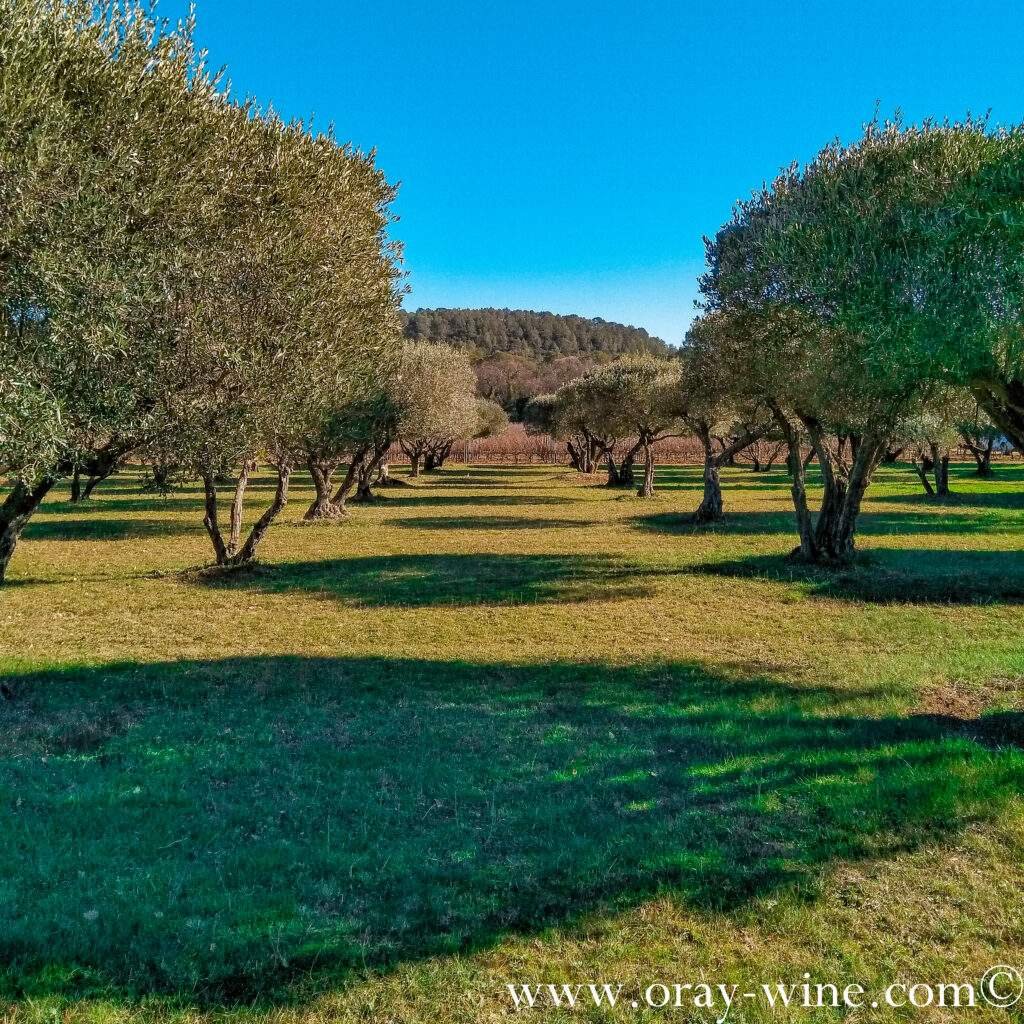
Destroying pre-conceived ideas about the Côtes de Provence
“the AOC Côtes de Provence covers over 20 000 hectares and 5 non-contiguous sub-regions that range from the coast to way inland”
While the Côtes de Provence are often associated with Rosés, you have to keep in mind that this region also produces very high-quality Whites and Reds. The AOC (Appellation d’Origine Controllée = Protected Denomination of Origin = PDO) is in fact an umbrella appellation that gathers local appellations. Hence, winemakers have the right to select either their local appellation (i.e., Cotes de Provence Féjus for Rosés and Reds) or the larger AOC Côtes de Provence for their wines. That seems quite complex when it is really not. You just have to keep in mind that the AOC Côtes de Provence covers over 20 000 hectares and 5 non-contiguous sub-regions that range from the coast to way inland. Consequently, in the same appellation, there was a lot of difference in terms of climate and soils, with the northern regions receiving more continental influence than those on the coastline. This is the reason why winemakers grouped into smaller and more homogeneous sub-regions (subappellations) called Dénomination Géographique Complémentaires (D.G.C.). Most of the time, these D.G.C. are added as an extension to the name Côtes de Provence.

Aside from the large AOC Côtes de Provence, the Provence region is also home to some very prestigious and separate AOCs (PDOs) like: AOC Baux de Provence, AOC Palette, AOC Cassis, AOC Bandol, and AOC Bellet. It is very important to note that they have nothing to do with what we call the “Cru Classés” of the Côtes de Provence (different appellations).

The “Crus Classés” of the Côtes de Provence: where “Rosés” become prestigious
The Ranking
“In Provence, either you are a “Cru Classé” or you are not, period”
The “Crus Classés” of the Côtes de Provence is a ranking system created in 1955 which distinguished the best 23 estates initially. Nowadays, there are only 18 estates remaining, and they are the only ones to be allowed to put the “Cru Classé” mention on the label. This ranking system differs from the other wine rankings in France as they do not have sub-levels such as “Grand Cru”, “Premier Cru” … in Burgundy or “Classé A” … in Bordeaux. In Provence, either you are a “Cru Classé” or you are not, period. It may be a little unfair to some other wineries that produce very high-quality wines but are just not ranked.
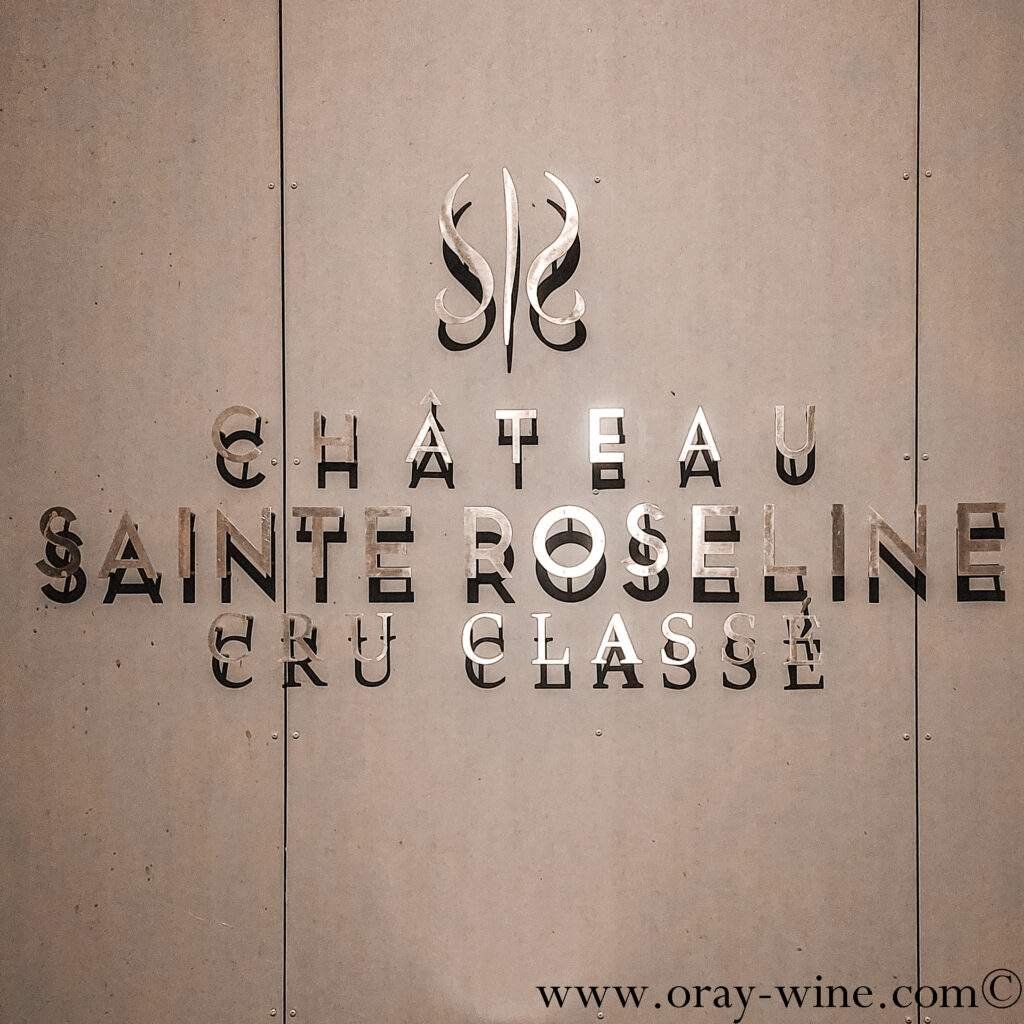
The current list
Below is the list of the 18 remaining “Cru Classés” of Provence:
Château Sainte-Roseline, Château Minuty, Domaine de la Source Sainte-Marguerite (now called Château Sainte-Marguerite), Domaine de la Clapière, Domaine de l’Aumérade, Clos Cibonne, Domaine de Rimauresq, Domaine de Castel Roubine (now called Château Roubine), Château du Galoupet, Château de Saint-Martin, Château de Saint-Maur, Clos Mireille, Château de Selle, Château de Brégançon, Domaine de Mauvanne, Domaine de la Croix, Domaine du Jas d’Esclans, and Clos Mistinguett (Domaine du Noyer)
Below is the list of the 5 estates that were part of the 23 initial ranking:
Clos de la Bastide Verte at Garde, Coteau de Ferrage at Pierrefeu, Domaine de la Grande Loube at Lorgues, Domaine de Moulières at La Valette, Clos du Relais at Hyères
Peculiarities of the ranking
“This distinction was put in place with the strong willingness to represent the highest level of production quality in the region”
Contrary to other ranking systems that may exist, the “Cru Classé” is based solely on the estate. It means that only the estates as they were in 1955 are ranked, and no new vineyards can be bought in order to be added to the originally ranked estate. This ranking has not been revised since.
This distinction was put in place with the strong willingness to represent the highest level of production quality in the region. The main criteria of judgment were (non-exhaustive list): the quality of the winemaking process; the quality of the vineyards; the quality of the finished wines; the ability to sell wines directly at the estate; and most importantly, the notoriety acquired by the estate before 1935 (date of the creation of the French Appellation System – INAO).
A production not limited to Rosés
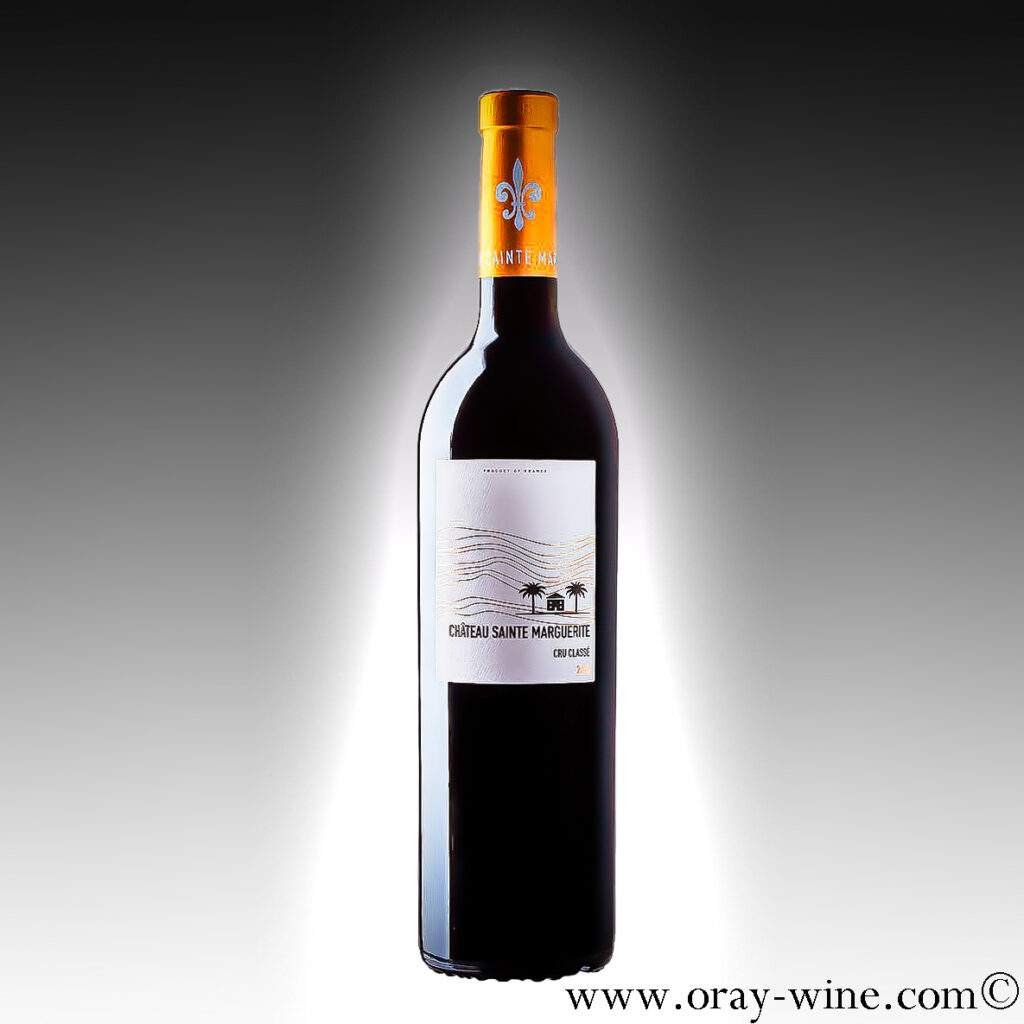
At this point, it is really important to mention that, as the ranking is based on the estate and not on the wine, these “Cru Classés” have the right to mention “Cru Classés” on the labels for White and Red wines as well (when the other colors have been validated in the ranking). And they do it with quite a lot of success, as their production of Whites and Reds represents the epitome of what the region has to offer for these colors. The winemakers are investing a lot to produce excellent red wines that often surprise wine connoisseurs with their quality level.
“Cru Classé » Rosés: The pale pink color as a Watermark
“there are two main ways of making rosés wines from red grapes”
Now, let’s switch to the production of the dry Rosés of Provence, which are very distinctive when compared to Rosés made elsewhere. Indeed, the Rosés of Provence are known worldwide for their distinctive colors. Their color is very pale with very subtle hints of rose. But, apart from evoking summer and the sun prevailing in this area, where does this color come from? In fact, there are two main ways of making rosés wines from red grapes. The first consists of letting the juice macerate (for a short-controlled amount of time; otherwise, it gives a red wine) with the skin of the grape after crushing, which allows the juice to acquire a rose hue. The second way, called “rosé de presse” is where the grapes are crushed and pressed very slowly so that the skins of the grape are in contact with the juice enough during the pressing to produce this distinctive light color. In Provence, they mainly use the red-skinned Grenache grape in the process for its low levels of anthocyanins and its fruity character. As a fact, the color is probably closer to Whites than to traditional Rosés.
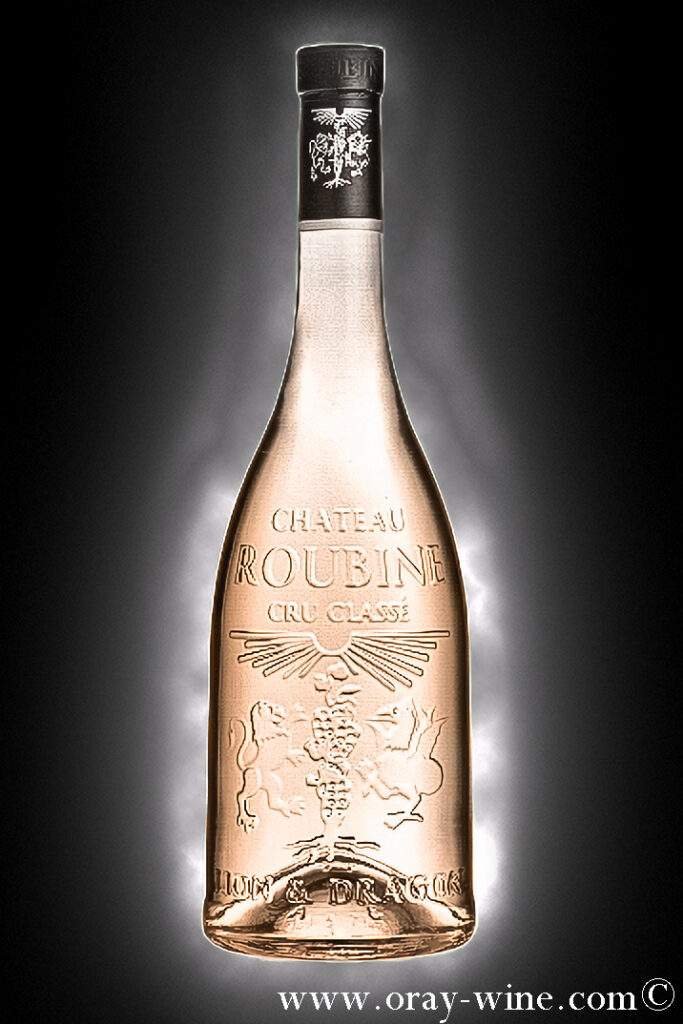
of Cotes de Provence’s Rosés
It is really worth noting that they are the only rosé wines to be ranked in the world. No other region in the world has created a dedicated ranking for rosés. That should really give you an idea of how serious this region is about rosé wines.
“Cru Classé”, a prime example of excellence in Whites, Rosés, and Reds: Chateau Sainte Roseline
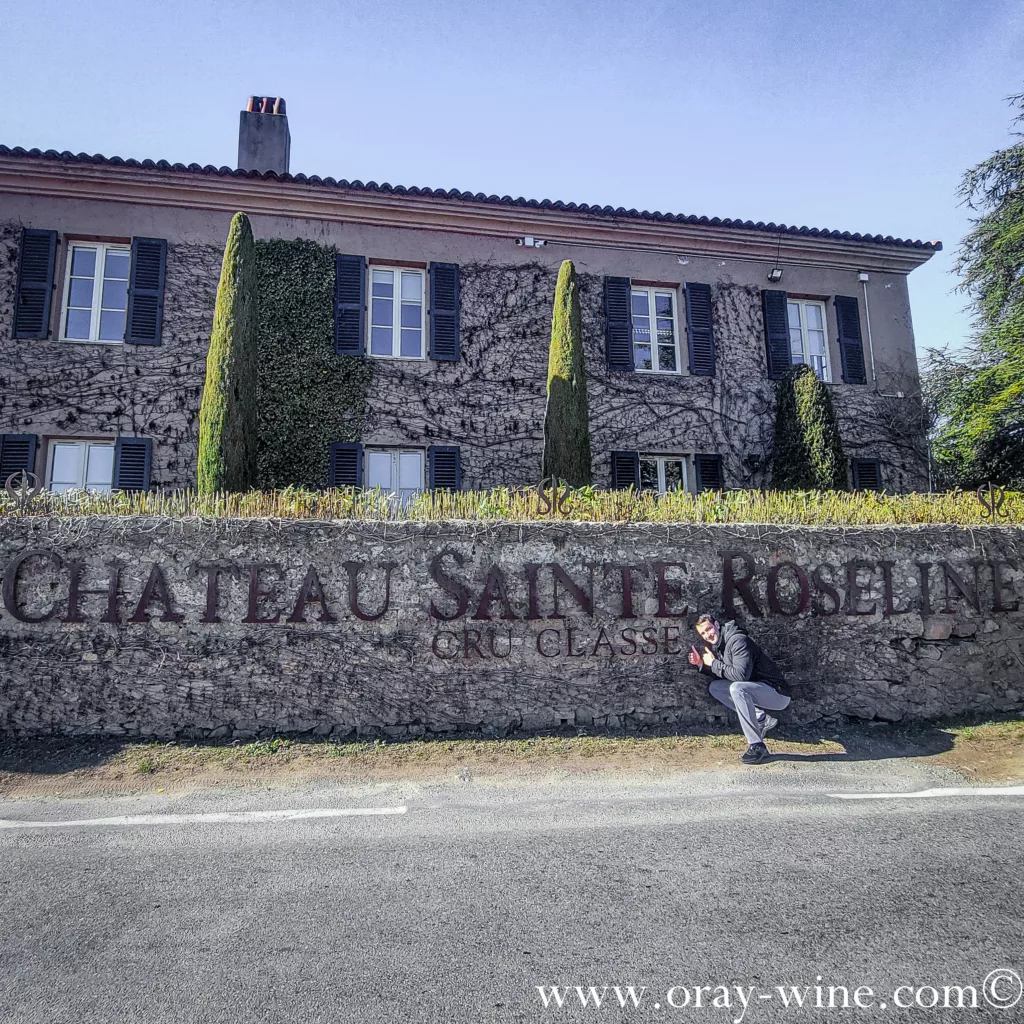
Why this one? Because the efforts made to maintain Rosés production excellence while pushing Reds and Whites to another level deserve recognition. They wanted to raise the three categories to a gastronomic level, and the result is very convincing. Another point is their recent endeavor to convert to organic viticulture after a 3-year accreditation process. They also organize events open to the public all year long (concerts, exhibitions, After-Works, Christmas Market, Truffle Festival, Flower Fairs, etc.) which makes it a perfect place to visit for tourists and foreigners nearby. Additionally, the staff speak English, which can be quite convenient. Another original point, they made a collaboration with the famous singer Kylie Minogue to co-brand a a new line of Rosé.
Located just a 30-minute drive away from Saint-Tropez, Cannes, and Aix-en-Provence, it is very convenient to fit into your busy visiting schedule. The estate is composed of 110 hectares of vines planted with over 11 different grape varieties. This former Abbey benefits from an exceptional terroir with clay-limestone soils and the presence of a deep-water source. Its 12th-century cloister has been renovated and can be visited. As for the cellar, it exhibits the results of important investment to modernize the facility in order to produce the best quality.

Follow me on my Social Media
Wine is a gourmet treasure, do not abuse alcohol!
None of this content has been sponsored
I did not receive any gifts or free samples that could be related to this article
